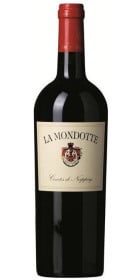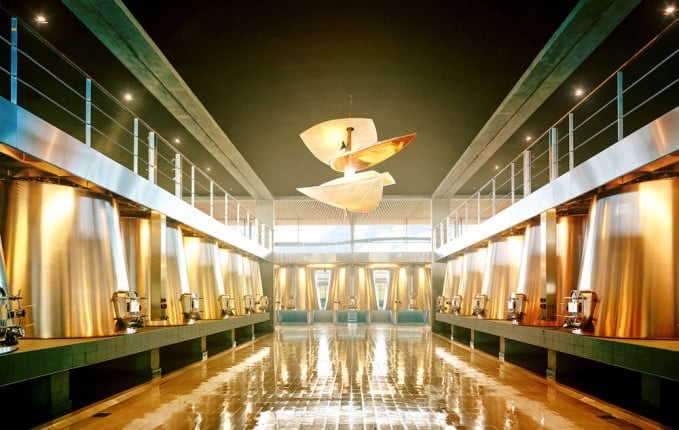
20€ coupon code for your first order by subscribing to our newsletter
Wine and spirits masterpieces to your doorstep
Free delivery from 300€ in Europe and from 1000 €/$ in USA

Secure packaging and transport insurance



Located at the entrance to the Saint-Julien appellation, the architecture of Château Beychevelle has earned it the nickname of the "Versailles of the Médoc". It was the stronghold of the Ducs d'Epernon, and notably of the first of them, Jean-Louis Nogaret de La Valette, Grand Admiral of France.
The strategic position of Château on the banks of the Gironde enabled them, according to legend, to force ships sailing up the river to pay a octroi, a kind of toll. Ships had to lower their sails as a sign of allegiance. Beychevelle thus takes its name and emblem, a ship with a griffin bow, from the old Gascon name Bêcha Vêla, meaning "Lower Sail".
Built in the 17th century, rebuilt by the Marquis de Brassier in 1757, the Château was restored to its original splendor at the end of the 20th century. In the meantime, it has been awarded the title of Fourth Grand Cru Classé in the prestigious 1855 classification published for the Paris Universal Exhibition. Today, the property belongs to Grands Millésimes de France.
The Château Beychevelle vineyard is planted on deep Garonne gravel soils, covering 92 hectares of vines planted with 56% Cabernet Sauvignon, 40% Merlot, 3% Petit Verdot and 1% Cabernet franc. The wines are aged for 18 months in oak barrels, 60% of which are new.
The estate produces a Second wine, Amiral de Beychevelle, and a third... See more ...